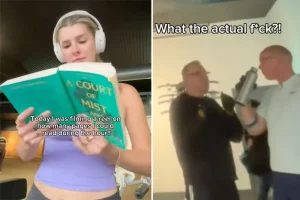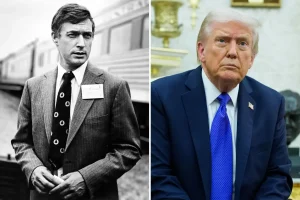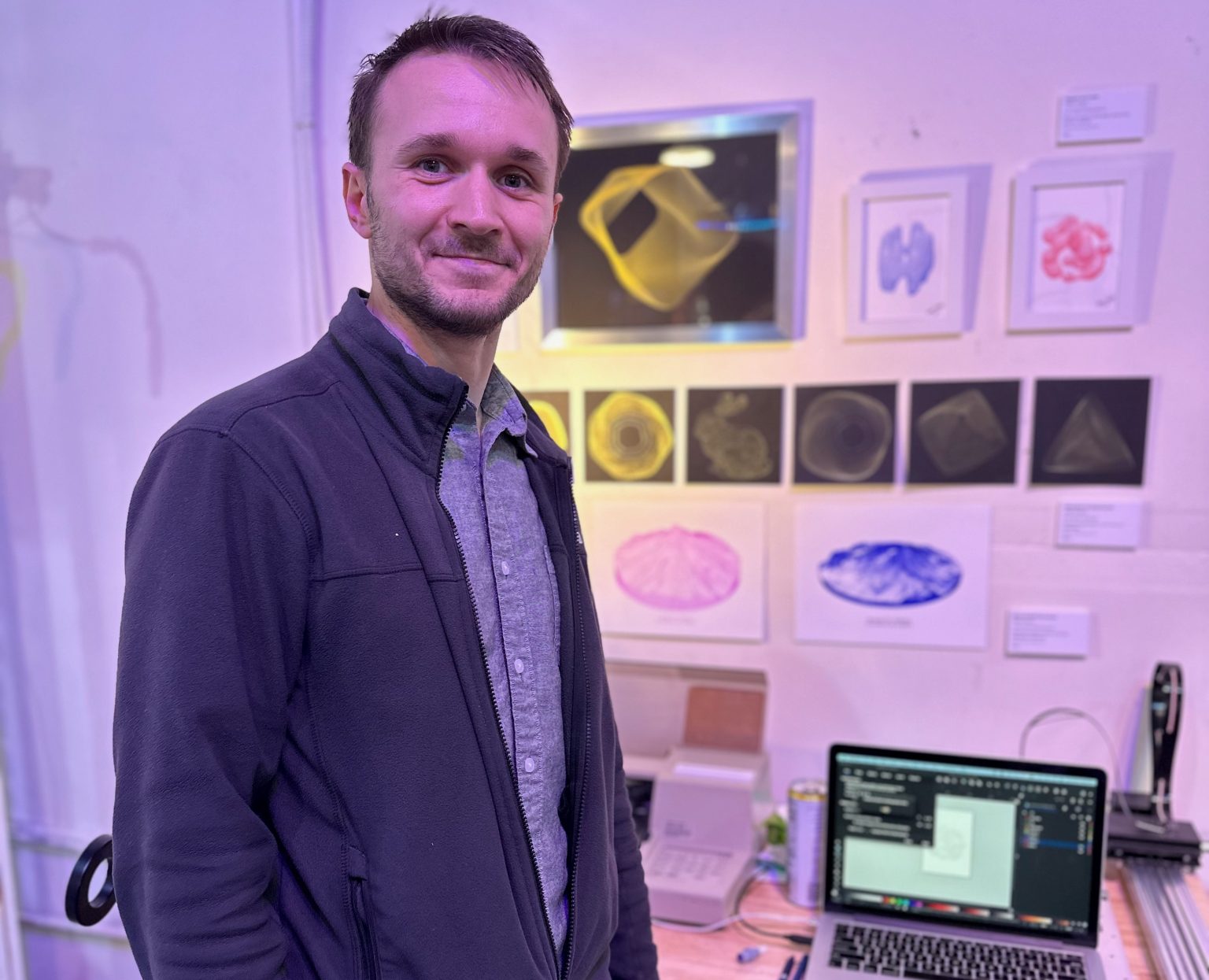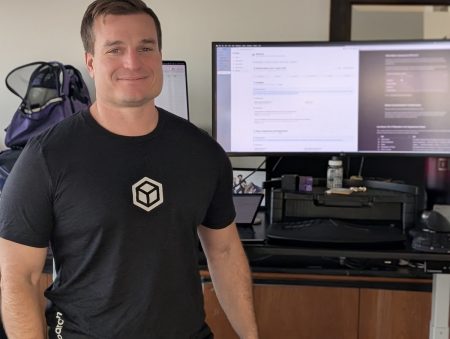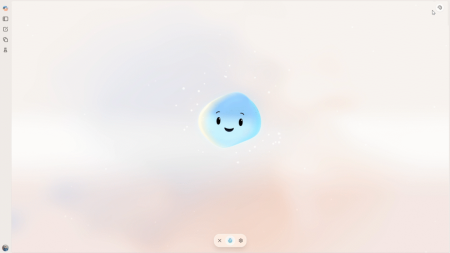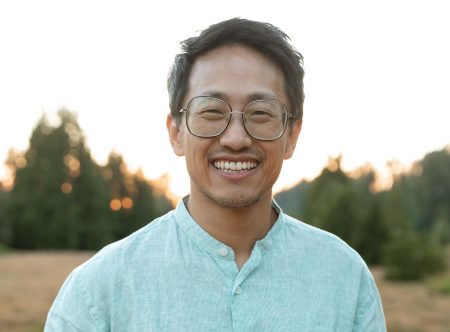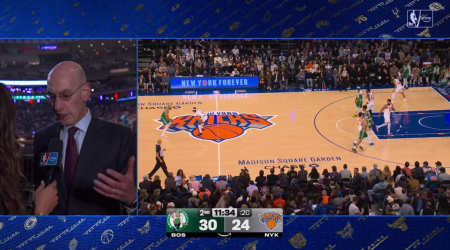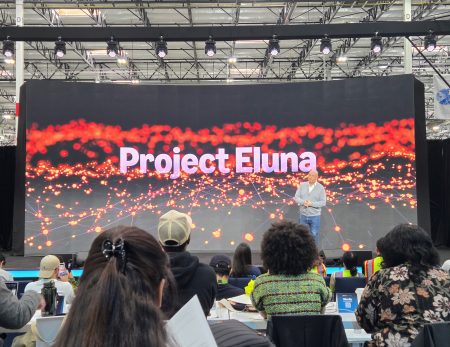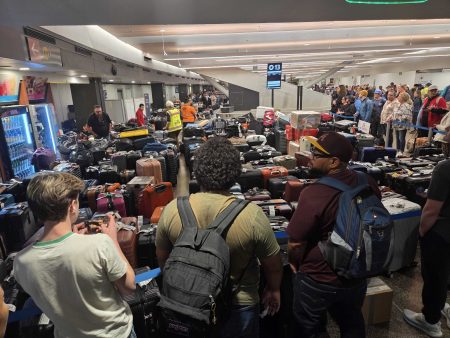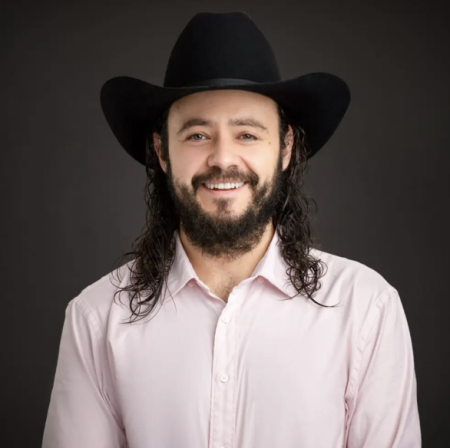Art Through Code: How an Amazon Technologist Merges Science and Creativity
In the bustling tech landscape of Seattle, Maksim Surguy has found a unique intersection between his day job as a senior design technologist at Amazon Devices and his passionate pursuit of machine-generated artwork. Despite his early academic detour—abandoning art studies after just two weeks because, in his own words, “I suck at art”—Surguy has come full circle in a remarkable way. Rather than sketching with traditional tools, he now writes code that creates precise, intricate visual pieces. “My sketching is not to the level that I want, so instead I use code to create artwork,” explains Surguy, who develops software tools that enable both himself and others to produce what he refers to as “robot art.” This creative approach has led to diverse outputs ranging from digital NFTs to physical pen plotter drawings, establishing him as a pioneer at the intersection of technology and artistic expression.
Born and raised in Ukraine, Surguy’s journey to becoming a tech-art innovator took an interesting path. Before joining Amazon six years ago, he was an accomplished breakdancer who competed professionally throughout Eastern Europe. After moving to the United States in 2004, he completed his bachelor’s degree in computer science at California State University, Fullerton, and later graduated from the University of Washington’s Master of Science in Technology Innovation program in 2018. It was during his master’s studies that Surguy created a pivotal project—a 3D-printed drawing machine with his own custom electronics program. Searching for a community of like-minded creators and finding none, he took initiative and founded DrawingBots, an online community that has since grown to include thousands of artists and engineers who share his fascination with machine-created artwork. This community-building aspect has become one of the most fulfilling dimensions of his creative pursuits, connecting him with “TED speakers… PhDs, very well-known researchers, scientists, artists” whom he now counts among his friends.
The technical sophistication of Surguy’s artwork reflects his deep engagement with emerging technologies. He embraces artificial intelligence as a powerful enabler of his creative process, particularly for developing specialized tools. “I use AI for a lot of things, and especially now with code, it makes it easier to create tools that are custom and specific for whatever use case,” he explains. One recent example is an open-source tool he developed that allows artists to preview their work before committing it to paper—a practical innovation that “saves them time and money and art supplies.” This emphasis on creating tools rather than just artwork characterizes Surguy’s approach; he admits, “I spend a lot more time making the tools than actually using them. But other people use them to actually make something. So I enjoy both sides of this.” His creations have gained recognition beyond the digital realm, appearing in physical exhibitions at Seattle’s NFT Museum and even within Amazon’s headquarters buildings, bridging the worlds of corporate technology and creative expression.
What makes Surguy’s story particularly compelling is how his artistic pursuits inform his professional work at Amazon. Working on concepts for new devices and features for products like Fire TV, Alexa, and Echo smart speakers, he finds direct applications for his algorithmic art expertise. One notable example was his contribution to a dynamic art feature for Fire TV—a screen saver that generates artwork in real-time based on environmental data such as weather conditions and time of day. “This kind of procedural and algorithmic art definitely has a place in making products that are digital experiences,” he observes, highlighting how his personal creative exploration serves as a wellspring of inspiration for his professional innovations. The cross-pollination between his hobby and career demonstrates the value of nurturing creative interests that might initially seem disconnected from one’s day job.
In a tech industry often characterized by rigid divisions between work and personal pursuits, Surguy represents a refreshing counterexample—someone who has successfully integrated his passion into both spheres of his life. His journey reflects the evolution of artistic expression in the digital age, where the boundaries between human and machine creativity continue to blur. Rather than viewing technology as antithetical to art, Surguy embraces computational tools as extensions of human creativity, enabling new forms of expression that wouldn’t be possible through traditional methods. His approach suggests that the future of art may increasingly involve this kind of human-machine collaboration, where artists define parameters and systems rather than creating every element by hand, opening up new possibilities for creative exploration and expression.
Perhaps what’s most inspiring about Surguy’s story is how it demonstrates the unexpected ways our perceived limitations can lead us to unique contributions. Had he possessed the traditional sketching abilities he initially sought, he might never have explored the computational approach to art that has become his signature. By pivoting from conventional art to computer science, and then finding a way to reunite these seemingly disparate interests through technology, he created a niche that leverages his unique combination of skills. For others navigating their own career paths, Surguy’s experience offers a valuable reminder: sometimes our greatest strengths emerge not from perfecting conventional approaches, but from finding innovative ways to work around or transform our limitations into distinctive creative advantages. In the blending of art and technology, he has found not just personal fulfillment but a way to contribute meaningfully to both fields simultaneously.
